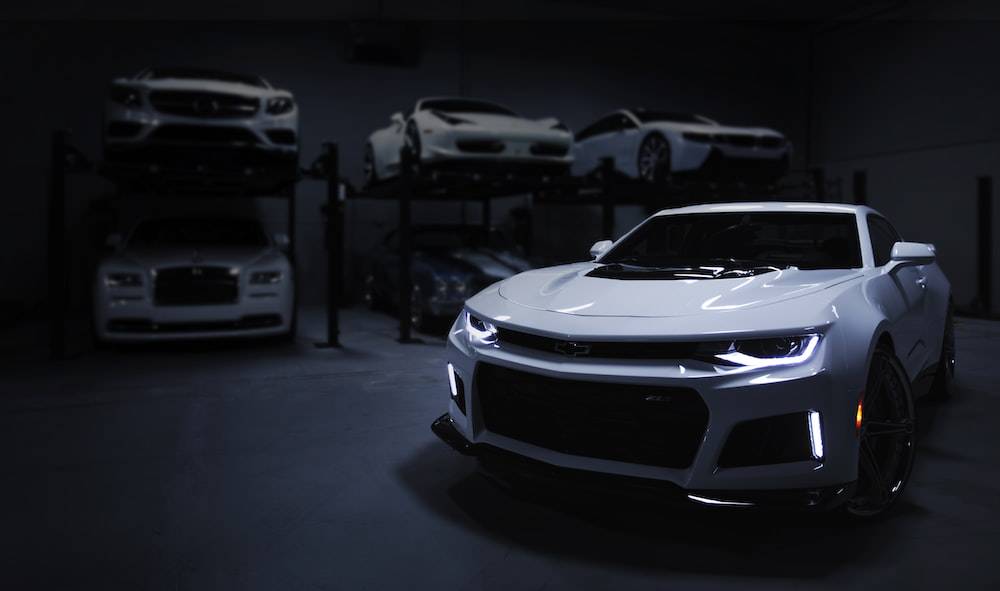In today's fast-paced world, consumers expect their automobiles to be more durable and reliable than ever before. Automakers have recognized this demand and are continually implementing advanced engineering techniques and technologies to ensure that vehicles last longer. This article explores how automobiles are made to last longer in the modern world, benefiting consumers and the environment.
Quality Materials and Manufacturing Processes
One of the key factors contributing to the longevity of modern automobiles is the use of high-quality materials and advanced manufacturing processes. Automakers employ rigorous quality control measures to ensure that every component meets stringent standards. Materials such as high-strength steel, aluminum alloys, and advanced composites are utilized to increase strength, reduce weight, and resist corrosion. These robust materials, coupled with precise manufacturing techniques, result in vehicles that can withstand the test of time.
Improved Corrosion Resistance
Corrosion is a significant factor that affects the lifespan of vehicles, especially in regions with harsh climates or exposed to road salt. Modern automobiles are built with improved corrosion resistance measures, including the use of galvanized steel, specialized coatings, and rust-proofing techniques. These protective measures prevent or delay the onset of corrosion, extending the lifespan of the vehicle's structural components and enhancing its overall durability.
Advancements in Engine Technology
Engine reliability and longevity have seen significant advancements in recent years. Automakers have improved engine design, precision machining, and lubrication systems to enhance durability. Modern engines are built to withstand higher operating temperatures and provide better fuel efficiency. Furthermore, the integration of technologies such as direct fuel injection, turbocharging, and variable valve timing improves engine performance while minimizing wear and tear, resulting in longer-lasting engines.
Sophisticated Electronics and Diagnostics
The integration of sophisticated electronics and diagnostics systems in modern automobiles has revolutionized maintenance and repair. Onboard computers monitor various components and systems, providing real-time data and early warnings for potential issues. This proactive approach allows for timely maintenance and repairs, preventing major failures and minimizing downtime. Additionally, advanced diagnostic tools enable technicians to quickly identify and rectify problems, further increasing the lifespan of the vehicle.
Extended Warranty Programs
Automakers and dealerships have recognized the importance of consumer confidence in vehicle longevity. Many offer extended warranty programs that cover components and systems for an extended period beyond the standard warranty. These programs provide peace of mind to consumers, assuring them that their investment is protected and that the manufacturer stands behind the durability and reliability of their products.
Maintenance and Service Recommendations
Modern automobiles come with detailed maintenance and service recommendations from manufacturers. These recommendations are based on extensive research and testing, aiming to optimize the vehicle's lifespan and performance. Regular maintenance, including oil changes, filter replacements, fluid checks, and tire rotations, ensures that the vehicle operates at its best and prevents premature wear and tear. By following these guidelines, owners can extend the lifespan of their vehicles and mitigate potential issues.
Emphasis on Safety and Crashworthiness
Automobile safety has significantly improved over the years, and this focus on safety also contributes to the longevity of vehicles. Automakers employ advanced safety technologies, including advanced driver-assistance systems (ADAS) and reinforced safety structures, to protect occupants in the event of a crash. These safety features not only save lives but also contribute to preserving the integrity of the vehicle, increasing its potential lifespan.
Environmental Considerations
In the modern world, automakers are increasingly conscious of environmental sustainability. Extended vehicle lifespans contribute to reducing environmental impact. By ensuring that vehicles last longer, the need for frequent replacements and manufacturing new vehicles is reduced. Additionally, many automakers implement eco-friendly practices in their manufacturing processes, including the use of recycled materials and energy-efficient production methods, further supporting sustainability efforts.


